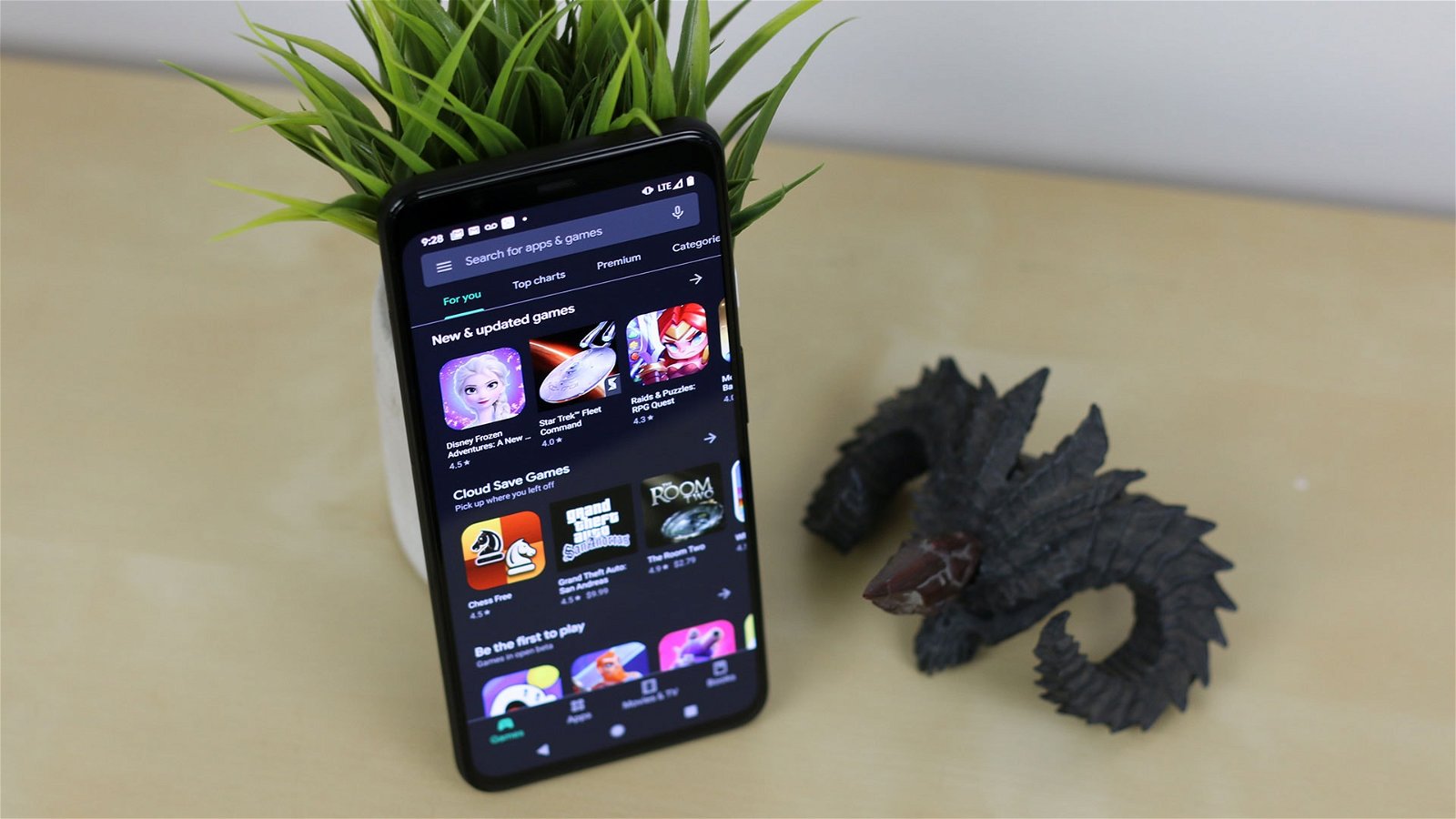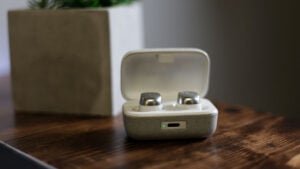Since Android was first released back in 2008, the OS has struggled to feel as cohesive as what Apple was doing with the iPhone.
Sure, there have been flagships that have shown what was possible with good hardware, but never has it felt unified in a way that makes the system and the hardware truly shine—that is until now, with the Pixel 4. While not the perfect smartphone, or even the perfect Android phone, what Google has done in solidifying the software and hardware into a single entity finally shows the potential and possibilities of Android as a whole.
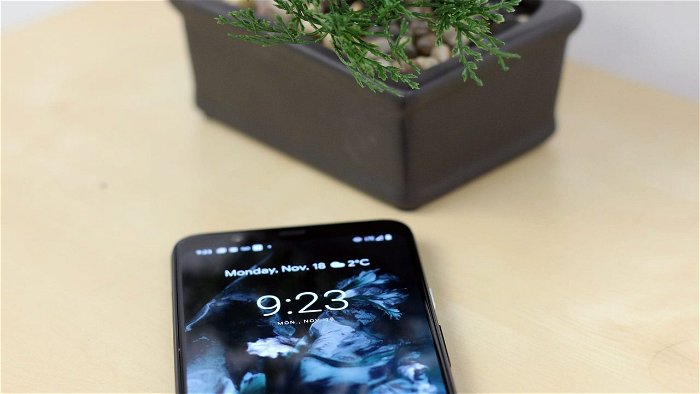
Looking at the specs and features, and you would be excused for thinking the Pixel 4 and Pixel 4 XL seem less impressive than many of the smartphones currently on the market. They only have 6GB RAM, they don’t have the biggest battery, and they don’t have the best display ever seen. Yet despite that, Android has never felt better than it does on the Pixel 4. Google and the Pixel team have built a phone that feels like the essence of Android, bringing the best potential features of the OS to the forefront and making everything feel like a fluid streamlined experience.
The Pixel 4 feels like a culmination of Android designs from the past into a solidified, well-designed package. Google has opted to avoid the notch many people found annoying on last year’s Pixel 3 and gone for a simpler, more elegant design with a larger top bezel that allows for all the cameras, along with the sensors that make the Pixel 4 so special. Along the sides, the Pixel 4 feels appropriately modern, with a great screen to bezel ratio that looks good and is easy to use while on the go.
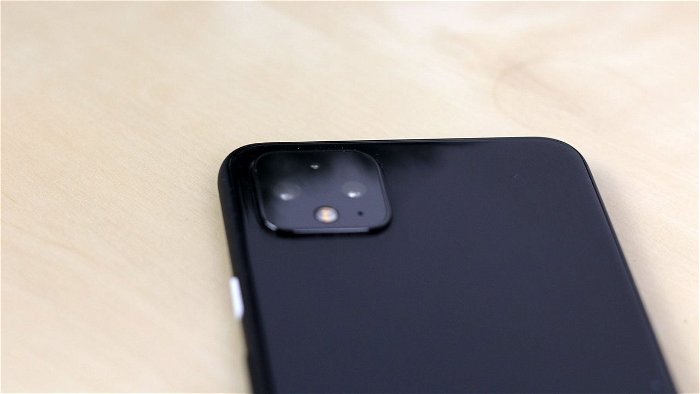
This year Google has also given more selection when it comes to colours. Joining the “Clearly White” and “Just Black” is the new “Oh So Orange” a more flashy take on the design that really pops when out in the wild. Although like past iterations of the Pixel, the Pixel 4 features a glass back that can be scratched and cracked if dropped. Thankfully, Google has a series of cases that can keep your new investment safe, but sadly, it will mean that no matter what colour you pick, it will be hidden under a case, taking away some of the lustre of the new phone.
This year’s phone also provides a camera bump square, similar to what is seen on this year’s iPhone 11 range of devices. While it does take away from the simplicity of the phone, the bump does draw attention to the range of cameras on offer in the Pixel 4, and honestly doesn’t detract from the look too much. If you choose the “Just Black” option it is barely noticeable, although on the “Clearly White” and “Oh So Orange” it is quite prominent, so choose according to taste.
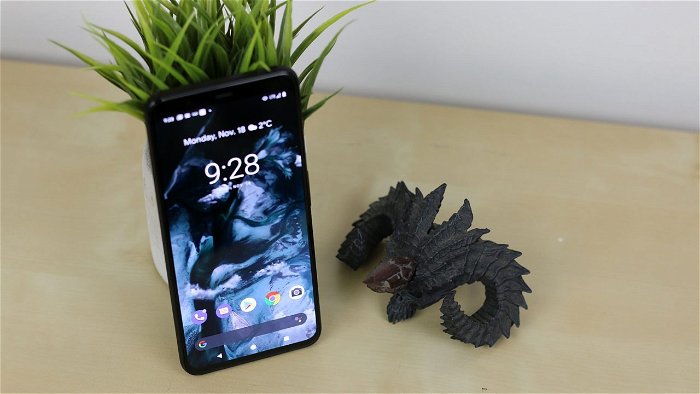
In the hands, the Pixel 4 feels fantastic. It has a fit and finish on par with the highest-end smartphones on the market. It is easy to use while on the go, and ultimately is one of the best feeling 2019 smartphones. While it may not have quite the level of polish seen on Apple’s iPhones, it feels fantastic to hold and use, and the size of the XL is perfect for on the go typing along with all the needed daily phone activities.
Looking to the screen, the Pixel 4 XL’s OLED 90Hz display is stunning, on par with some of the best screens currently on the market. Videos and games feel crisp, bright and vibrant, with the 90Hz screen really showing the potential with select video or more fluid gaming experiences. While it is not immediately obvious how the screen compares to competing devices, going back was a challenge, with a distinct lack of fluidity that the Pixel 4 manages.
The OLED screen also felt relatively accurate for most of our testing. Colours popped while still feeling true to life. Blacks felt as deep as you could want on a smartphone, giving 4K videos and games a real life-like feel while consuming media. It was also nice to see Google include Ambient EQ that adjusts the display based on lighting conditions. While not as jarring as some options for smartphones, it was enough to ensure my eyes did not get tired, even when using the Pixel 4 in low light or before bed.

Under the hood, the Pixel 4 is rocking a Qualcomm Snapdragon 855 SoC giving the phone enough horsepower to deal with any tasks you can throw at it. I was frequently running in excess of ten apps at any one time, multitasking between them, and I never noticed any notable slowdown. The Pixel 4 felt buttery smooth though most of my day to day activities, and even throwing on games did not deliver any degradation in speed or use of the device. While not as specialized compared to the chips Apple is producing for its range of devices, the 855 should be more than enough for most people’s daily needs, and even power users should have no issues with the phone.
Something that did not quite work as desired is the new Motion Sense that takes advantage of Google’s Soli radar chip. This new feature is utilized in a few different ways within the Pixel 4, but the biggest addition is the way it unlocks the phone with your face, and how you can use gestures to interact with some apps.
Thankfully, the face-unlock feature works as advertised. While the phone does like to unlock faster than I am able to pick it up, the accuracy was good, and the ease of being able to just pick up the phone and use it was a nice touch. I am concerned about the ability to unlock the phone with your eyes closed, but Google has said they will address this vulnerability with a future update, that should be released sometime in November.

Less intuitive are the motion gestures. While novel in concept, I could not get them to work reliably enough of the time to make them a primary method for interaction. While apps like Spotify or YouTube did take advantage of the feature, I found I had more false positives than I would like. Also, when in a car with more than one person, the phone got confused and would frequently change songs when other people moved their hands around the front seat. Hopefully, this is something can be addressed with a future update, but even still, the usefulness of motion gestures on a device you can just pick up is questionable at best. But that is ultimately up to the end-user to decide if this is something they want to take advantage of or not.
After years of sticking to a single rear camera setup, Google has finally broken down and added a second telephoto camera onto the back of the Pixel 4. This is a bit odd considering many hardware makers are opting for the ultra-wide-angle rather than a telephoto, but there is good reason why Google is going for the 12.2 megapixel f/1.7 Telephoto, and that has to do with software.
The Pixel 4 features some very impressive power with zoom, allowing you to zoom at 8x and 3x optical zooms. Now don’t get me wrong, it still does not feel as crisp as the standard lens. In fact, I found photos with the zoom felt noticeably less crisp. But it is still impressive to zoom in and see a picture that looks far more detailed than you would normally see from a smartphone when zoomed in. I can’t see myself using this feature often, but it was a nice to see it added.





The main 16-megapixel f/2.4 does a good job of capturing the everyday things you would use the camera for. All the features you have come to expect from the Pixel range are here, from Nightlight to Portrait mode, and they all work as expected. Again, this has to do with the way Google blends the software and hardware to make features that take advantage of what is available and maximize what is possible.
Photos feel close to real life in terms of colour and detail. The Pixel camera does a good job of making the tools you want especially accessible. Also, new for the Pixel 4 is the ability to utilize dual exposure. This lets you adjust highlights and lowlights before you take a picture, giving you a bit more granular control over how a picture will turn out. While it is a feature that I am unsure if the majority of people will take advantage of, it works well, and is a great additional tool for the shutter junkies looking for the ideal camera smartphone.
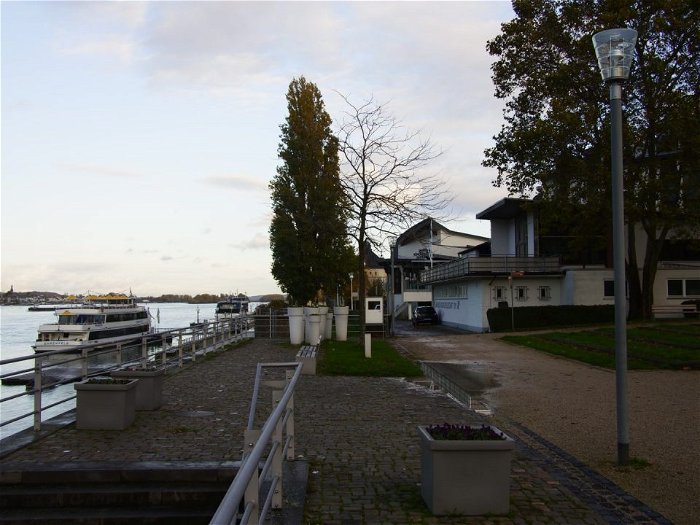




On the selfie side, the Pixel 4 is not much an improvement on what the Pixel 3 had to offer. The 97-degree wide-angle lens is gone, replaced with a 90-degree lens that should suit most people well. While most pictures looked more or less the same, the added features available to the Pixel 4—such as dual exposure—should allow for some interesting photos, even if it is hard to say if they are objectively better.
In today’s modern on-the-go world, the battery in the smartphone is one of the most important features. This is why it is so baffling that Google dropped the ball so hard on this front. While the 3,700mAh battery is a step up from last year, it just does not provide the battery life I was hoping for on such a device. With average use, you should be able to top around 15-16 hours with moderate screen time. This drops dramatically with more screen use, and could also go down even more should you run games or any other processor-intensive activities. For most of us though, the Pixel 4 XL should be able to make it to the bedside table without much trouble.
The Pixel 4 also does include fast charging and can get your phone fully charged in two hours, or 30 per cent in only 20 minutes. So while you won’t be able to juice your phone up for a full night on the town in the time to get ready, the Pixel 4 should be able to top-up for the trek home without much concern.
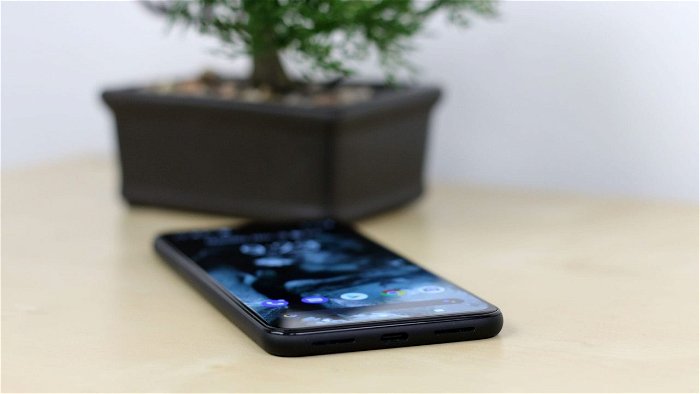
The software is where the Pixel 4 range really shines. It finally feels like the Pixel team and the software team talked. While most features will eventually make their way to other Android-based devices, it is the way that Google has blended the software and hardware that makes the Pixel 4 so special with features that take advantage of the hardware far more than we have seen in past devices. Google is working to build a showcase of what Android is capable of, and the Pixel 4 does just that. It stands as a testament to what is possible on Android and shows that when you remove the bloat, Android can be a sublime OS that can easily give iOS a run for its money.
There is a lot to love about the Pixel 4. Google has finally found a footing and are building devices that showcase the features possible with Android. With one of the best cameras available on a smartphone and a feature set that will wow most consumers, the Pixel 4 stands as a showcase for the OS in a way no other Android phone has done up to this point. Is this the “best” Android device? That is hard to say, but it is the most cohesive, and that is something special. If you are looking for a new smartphone in 2019 and want to go with Android, look no further than the Pixel 4.
